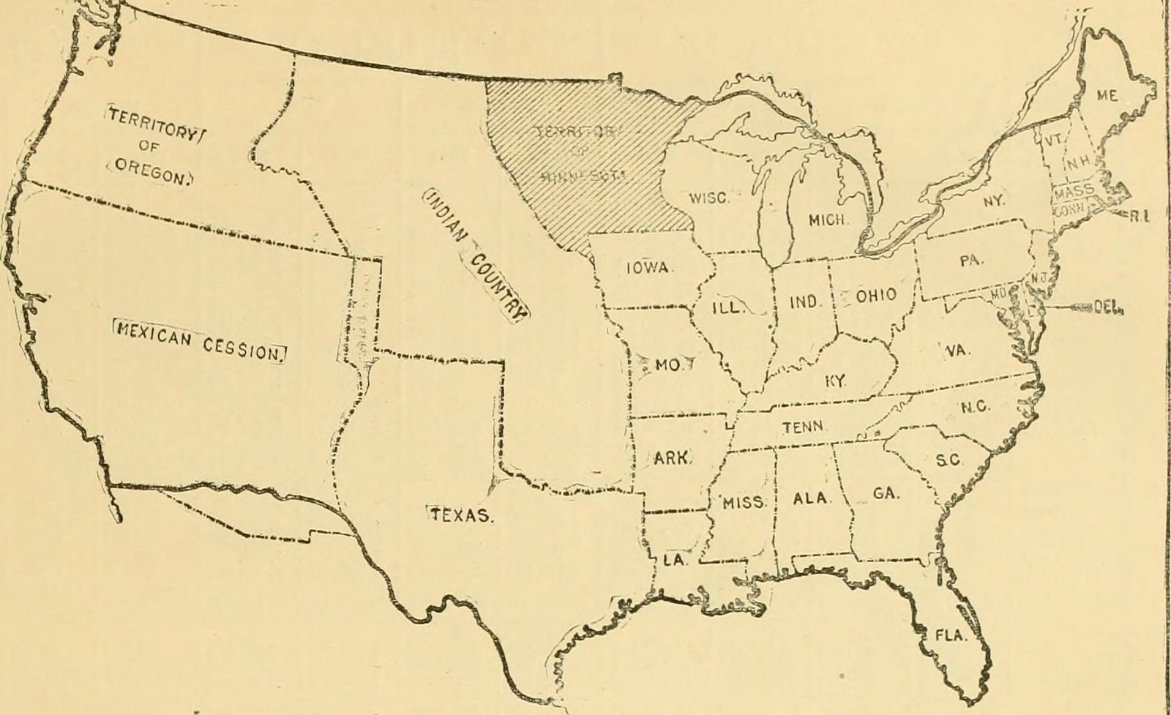prologue.blogs.archives.gov/2010/11/08/is-…
wvculture.org/history/journa…
appalachianmagazine.com/2019/01/25/wes…
ij.org/cje-post/the-a…
washingtonpost.com/dc-md-va/2020/…
books.google.li/books?id=35VpA…; books.google.li/books/about/Th…; wvculture.org/history/stateh…; jstor.org/stable/pdf/348…; wvculture.org/history/govern…






